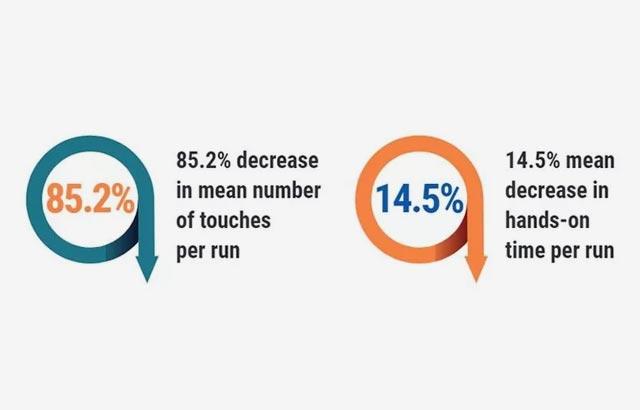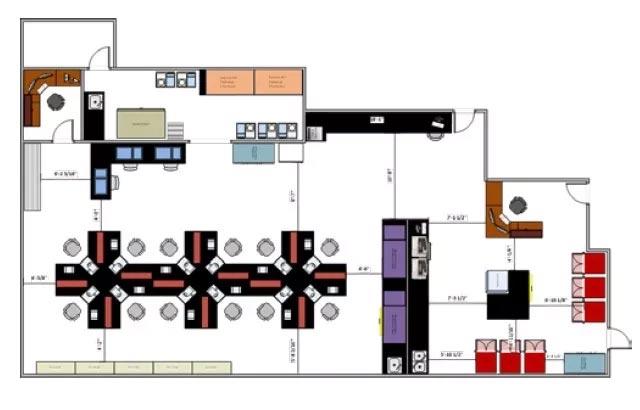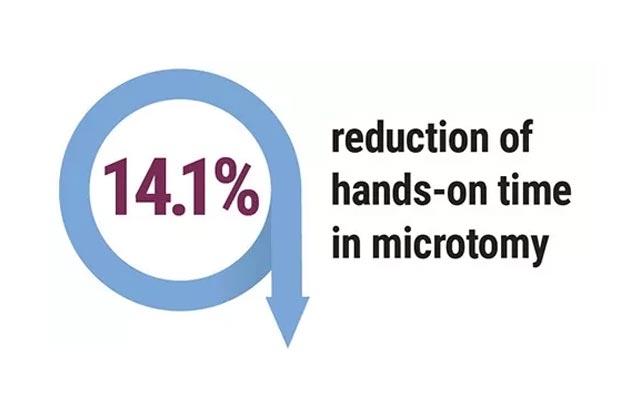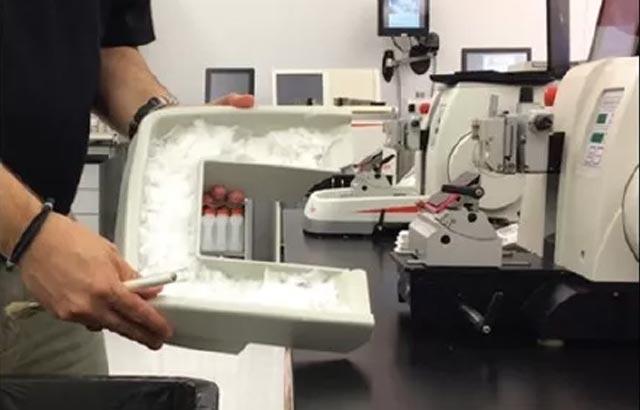
Optimizing Process Workflow Through Layout Redesign
The Leica Biosystems Content and Evidence team has partnered with a private, non-profit, integrated health system to optimize their new laboratory layout to ensure efficient process flow. The laboratory is most interested in ensuring their new laboratory space is structured to best handle the initial volume while allowing for increased growth over the coming years. The new histology laboratory will include routine, special, and immunohistochemistry staining.
The Leica Biosystems Content and Evidence team was provided an initial architect drawing with planned equipment placement. The team conducted interviews with lab directors, and staff to obtain all necessary input on process requirements. The Leica Biosystems Content and Evidence team mapped the process flow and redesigned the layout to rearrange the placement of process steps and equipment. Below is the initial layout provided to the team and the recommended layout after adjustments.
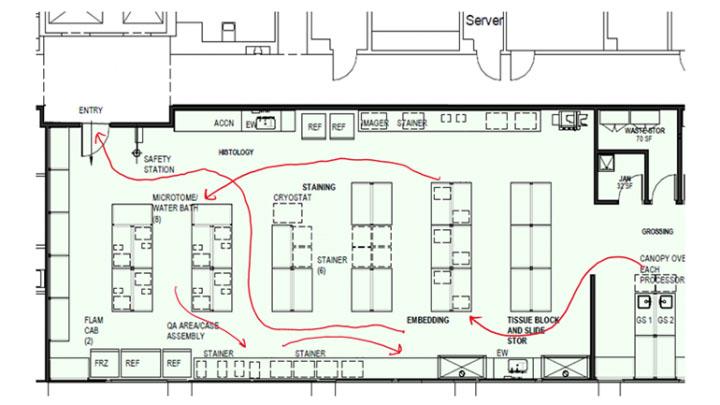
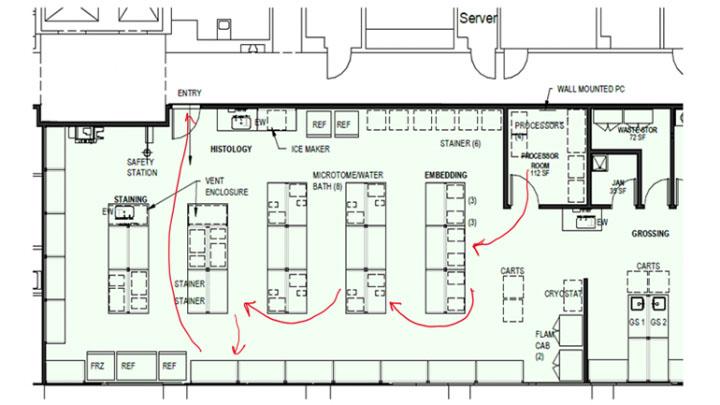
The new laboratory space included space for:
- Separate room for 4 tissue processors and waste storage
- 3 Embedding stations with room for 6 total stations
- 8 Microtomy stations with room for 12 total stations
- Dedicated island for routine staining
- Dedicated island for special staining including hood for hand stains
- Large area for Immunohistochemistry preparations and staining
- Large workspace for Case Assembly and distribution of slides
- Wall space for storage of blocks and slides
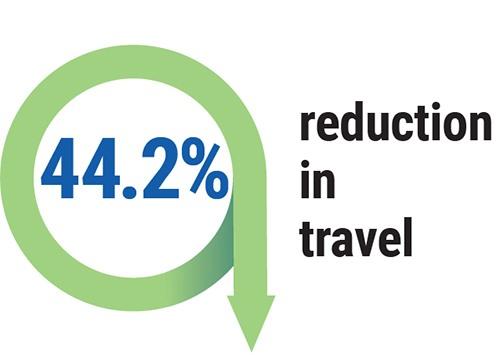
The estimated travel distance for the specimen of the initial drawing was 143.2 feet and included two crossover process steps. The recommended layout eliminated all crossover process steps and had an estimated travel distance for the specimen of only 79.9 feet. That is a 44.2% reduction in wasted travel distance. The Leica Biosystems Content and Evidence team was able to visually demonstrate the improvements using a spaghetti mapping process which resulted in the necessary gains.
Projections and Realized Results are specific to the institution where they were obtained and may not reflect the results achievable at other institutions.
Want to see how the Leica Process and Solutions Optimization team can help improve your lab's workflow?
Related Content
El contenido de Leica Biosystems Knowledge Pathway está sujeto a las condiciones de uso del sitio web de Leica Biosystems, disponibles en: Aviso legal.. El contenido, incluidos los webinars o seminarios web, los recursos de formación y los materiales relacionados, está destinado a proporcionar información general sobre temas concretos de interés para los profesionales de la salud y no está destinado a ser, ni debe interpretarse como asesoramiento médico, normativo o jurídico. Los puntos de vista y opiniones expresados en cualquier contenido de terceros reflejan los puntos de vista y opiniones personales de los ponentes/autores y no representan ni reflejan necesariamente los puntos de vista ni opiniones de Leica Biosystems, sus empleados o sus agentes. Cualquier enlace incluido en el contenido que proporcione acceso a recursos o contenido de terceros se proporciona únicamente por comodidad.
Para el uso de cualquier producto, debe consultarse la documentación correspondiente del producto, incluidas las guías de información, los prospectos y los manuales de funcionamiento.
Copyright © 2025 Leica Biosystems division of Leica Microsystems, Inc. and its Leica Biosystems affiliates. All rights reserved. LEICA and the Leica Logo are registered trademarks of Leica Microsystems IR GmbH.
